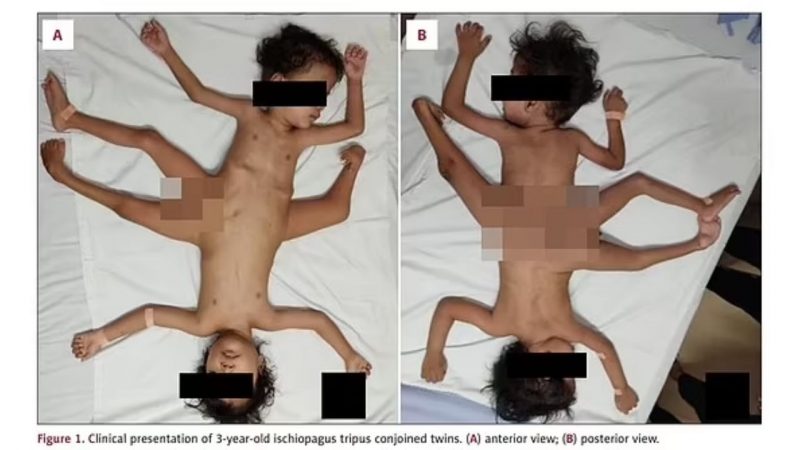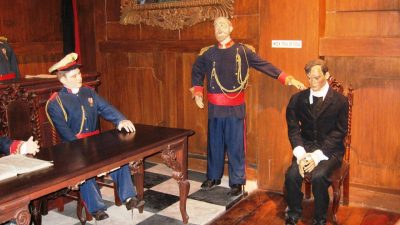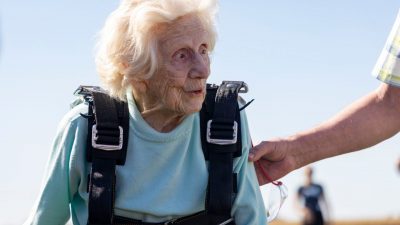By Emily Joshu, Health Reporter (DailyMail.com)
Conjoined twins in Indonesia, born in a phenomenon occurring in only one in 2 million births, have stunned medical professionals. The twin boys, born in 2018, were fused with three legs, four arms, and one penis. They share a bladder, rectum, and intestine.
Ischiopagus Tripus, the medical term for their condition, is extremely rare, with only a handful of cases documented.
Surgical Intervention and Survival
After overcoming significant odds to survive gestation and childbirth, the twins faced challenges in mobility, unable to sit up and confined to lying flat for the first three years of their lives. A dedicated team of surgeons performed a complex operation to amputate their non-functional third leg and stabilize their hip and pelvic bones. This intervention aimed to help them sit upright and gain a semblance of normalcy.
Challenges and Medical Observations
The twins’ unique condition, reminiscent of the “spider” term coined by the famous conjoined twins Ganga and Jamuna Mondal of India, has fascinated researchers. Conjoined twins occur in approximately one in 50,000 to 200,000 live births. Theories on their development include a prematurely halted splitting process of a single fertilized egg or the fusion of two separate embryos.
Gender and Mortality Statistics
Female conjoined twins are more common, outnumbering males by three to one. Tragically, in about two-thirds of cases, at least one twin is either stillborn or dies shortly after birth. The Indonesian twins, classified as Ischiopagus Tripus, were born with four functioning arms, two functioning legs, one non-functional leg, one penis, and one anus. Additionally, one twin had an underdeveloped kidney, while the other had only one kidney.
Family Background and Medical Literature
Despite the rarity of their condition, their parents, who have two older children with no medical issues, reported no pregnancy complications. Medical literature notes that Ischiopagus twins account for approximately 6 to 11 percent of all conjoined twins.
Post-Surgery Outcome
The surgery, though its duration is unspecified, was successful, with no reported complications three months post-operation. This procedure has allowed the twins to sit up and potentially stand, offering them greater independence.
Comparative Cases
Previous case reports highlight the challenges and outcomes for Ischiopagus Tripus twins. In one instance, twin boys born in Pakistan in 1989 were successfully separated after a nearly 10-hour surgery.
Another report from 1994 detailed twins born in China, each with two functioning arms, two working legs, one fused leg, one penis, and no anus. These twins were separated in 1992. A 2011 case in Pakistan involved twins with underdeveloped genitalia and a lack of a clear anus; unfortunately, both died before separation could occur.
Publication
This recent case was published in the American Journal of Case Reports, contributing valuable insights to the medical community on the rare phenomenon of conjoined twins. (el Amigo/MNM)







